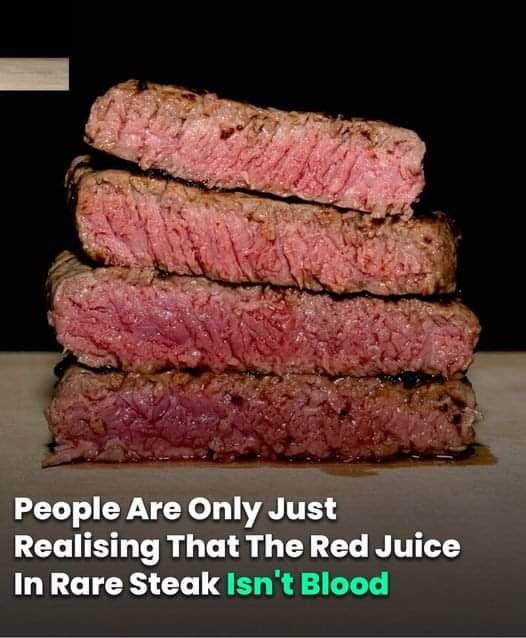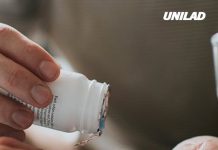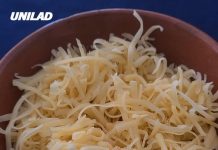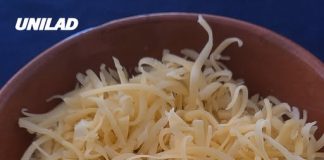Many people are surprised to learn that the red liquid that appears when cutting into a steak is not actually blood. This assumption has circulated for years, mostly because the color resembles blood and because people often imagine that meat contains a large amount of it. In reality, the true explanation is more scientific and far less dramatic. Understanding what this red juice is can help people feel more confident about how their food is prepared and appreciate what happens during the cooking process.
What the Red Liquid Really Is
The red fluid seen in packaged meat or on a freshly cooked steak is primarily water mixed with a protein called myoglobin. Myoglobin is responsible for storing oxygen in muscle tissue, and it contains a pigment that gives raw meat its bright red color. When meat is cut, this protein mixes with the natural moisture inside the muscle, creating the red juice that often makes people think of blood. Unlike blood, this liquid is not involved in circulation or bodily functions. It simply reflects how muscle tissue naturally stores oxygen.

Why Steaks Look Red Even After Preparation
Meat remains red or pink before cooking because myoglobin reacts with oxygen. When exposed to air, myoglobin becomes brighter in color, which is why meat often appears vivid when freshly opened. As heat is applied during cooking, myoglobin changes, causing the color to shift from red to brown or gray. This transformation depends on temperature, not on the presence of blood. Even steaks cooked to medium or medium-rare show pinkness because the protein has not yet fully changed from its raw state, not because any blood remains.
Packaging and the Juices You See
The red liquid found at the bottom of vacuum-sealed or store-bought meat packages is the same mixture of myoglobin and water. It collects naturally as the meat rests and releases moisture. This liquid is harmless and does not indicate poor quality or unsafe handling. In fact, packaging is designed to retain moisture so the meat stays tender. The fluid itself does not alter flavor in a negative way and is usually lost during cooking as water evaporates.
Color and Freshness
A steak’s color sometimes leads people to assume it is either extremely fresh or dangerously spoiled. However, color alone is not a reliable indicator of quality. Different levels of oxygen exposure can cause meat to appear dark, bright red, or slightly brown, all without affecting safety. Myoglobin’s reaction to oxygen is responsible for these changes, and they are completely natural. Freshness should be judged by smell, storage time, and proper handling, not the shade of red or pink seen in the meat.
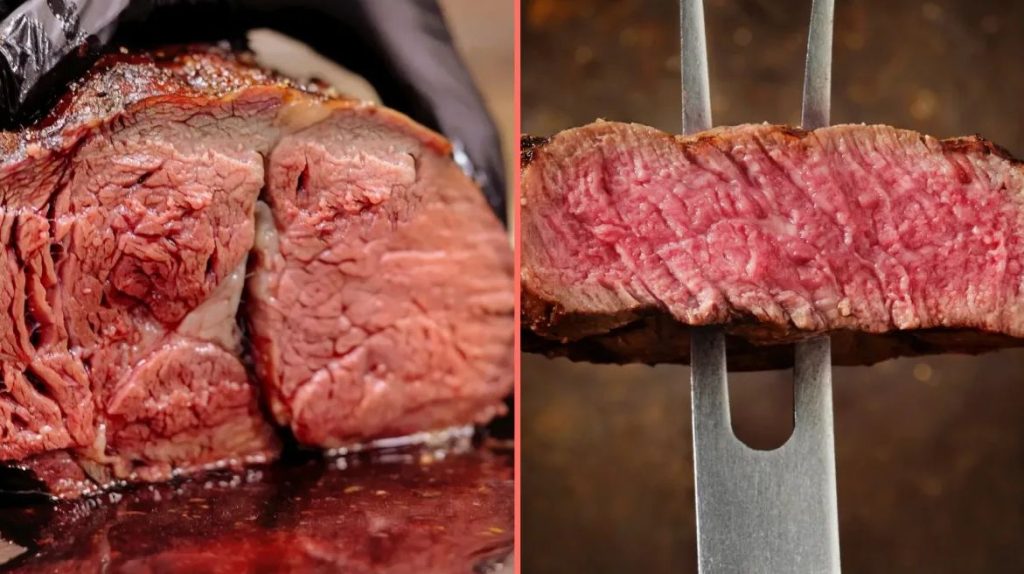
Cooking and Safety
The safety of a steak depends on internal temperature rather than appearance. Searing the outside may give the impression of readiness, but it is the internal heat that matters most. Pinkness in the center does not automatically mean meat is unsafe. It only reflects how much myoglobin remains unchanged. Many cooking styles intentionally preserve a warm, pink middle because it keeps the meat tender and flavorful. As long as safe handling and appropriate temperatures are used, steak can be prepared to a variety of preferred doneness levels.
A Clearer Understanding
Realizing that the red juice in steak is not blood can make the cooking and eating experience less confusing, especially for people who feel uneasy about the appearance of red meat. The mixture of natural moisture and myoglobin is simply part of how muscle tissue functions. Knowing this helps diners appreciate why different cuts look the way they do and how heat transforms them during cooking. With this understanding, enjoying a steak becomes less about misconceptions and more about taste, texture, and personal preference.

